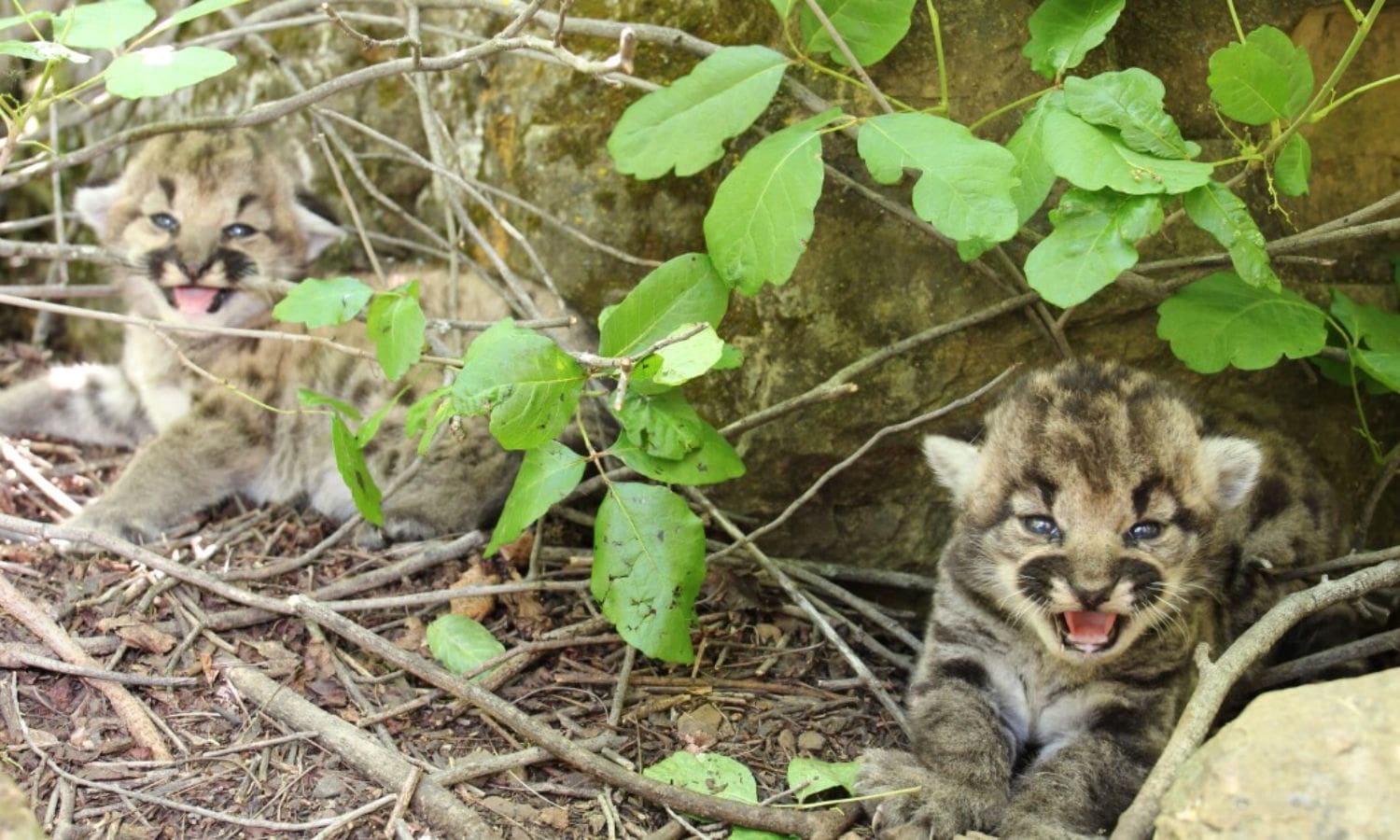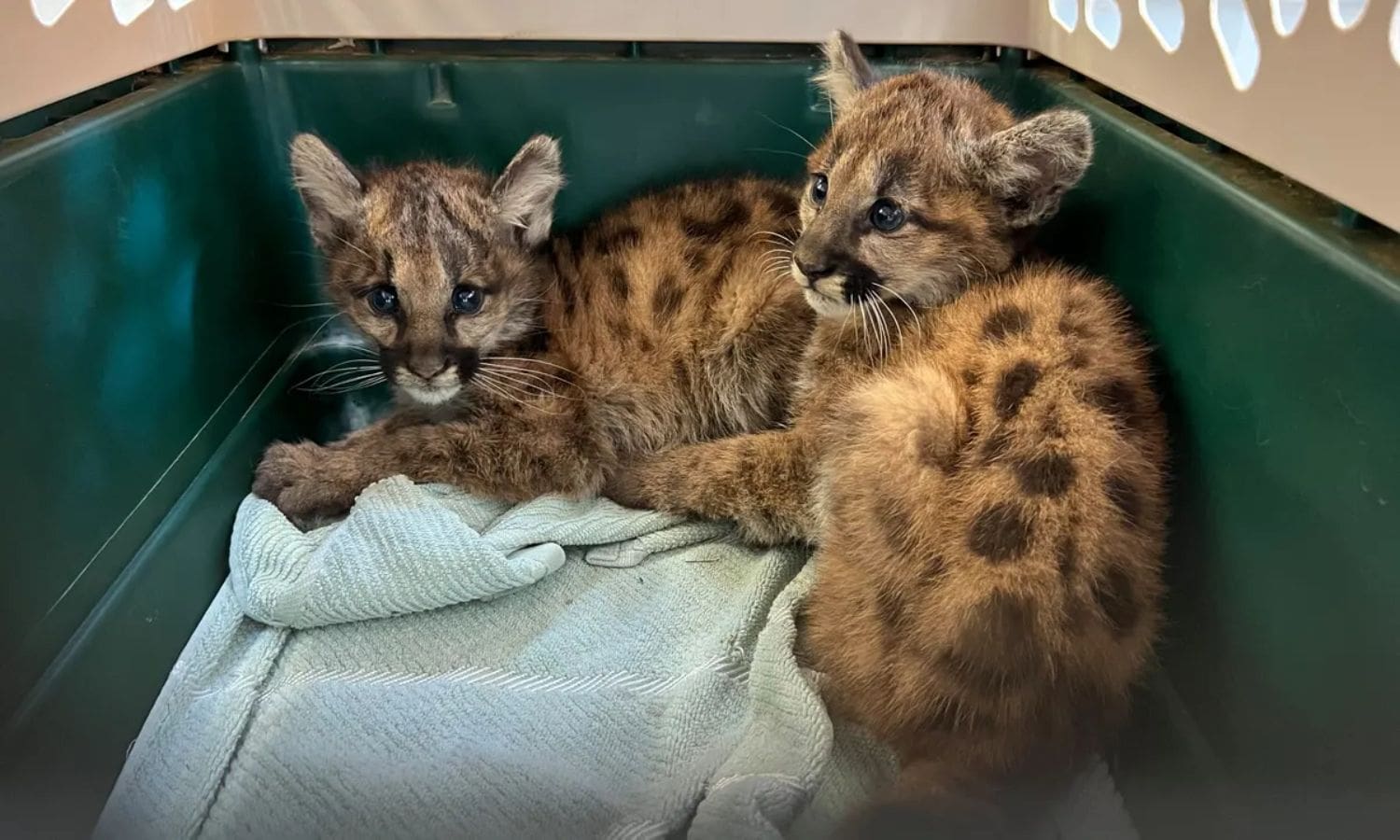Beloved Mountain Lion Loses Life: In a heart-wrenching turn of events, the beloved mountain lion known as Uno tragically lost its life while attempting to cross the very same California highway where its cub had perished not too long ago.
Uno, a wildlife icon in Southern California, had captured the hearts of many with its majestic presence and had become a symbol of the ongoing struggles faced by mountain lions in the region.
This unfortunate incident sheds light on the dangers that roads and highways pose to these magnificent creatures, prompting advocates to call for increased conservation efforts and the implementation of wildlife bridges.
The life and legacy of Uno, it becomes evident that his story is not only a local tragedy but also a call to action for the protection of mountain lions and their habitats.
Key Takeaways Of Beloved Mountain Lion Loses Life
- Uno’s tragic death highlights the challenges faced by wildlife in Southern California’s urbanized landscape.
- Uno’s contributions to mountain lion research underscore the need for measures to protect and preserve their habitats.
- Roads and highways pose significant dangers to mountain lions, including fatal collisions and habitat fragmentation.
- Advocacy for wildlife bridges is crucial to mitigate the risks posed by roads and highways and ensure the safety of mountain lions.

Also Read: World Largest Battery Storage System Goes Live in California’s Solar-Plus-Storage Project
Uno’s Tragic End: Famous Mountain Lion Killed Crossing Southern California Road
Uno, the beloved and iconic mountain lion with a distinctive old eye injury, met a tragic end when he was fatally struck by a car while attempting to cross a busy road in Southern California’s Orange County.
Uno’s death highlights the ongoing challenges faced by wildlife in the region as urban development encroaches on their natural habitats. The loss of this majestic creature is particularly poignant as Uno had become a symbol of resilience, having survived previous injuries and thrived despite the odds.
His distinctive eye injury, caused by an encounter with another mountain lion, had made him easily recognizable and endeared him to the local community.
Uno’s tragic end serves as a stark reminder of the need for increased measures to protect wildlife and preserve their habitats in the face of urban expansion.
A Wildlife Icon Lost: Uno’s Impact on Mountain Lion Research and Conservation
With Uno’s untimely demise, the California Mountain Lion Project has not only lost a beloved wildlife icon but also a valuable participant in their ongoing research and conservation efforts.
Uno, also known as F312, played a vital role in the project’s study of the local mountain lion population. His contributions provided researchers with valuable insights into the behavior, movement patterns, and population dynamics of these majestic creatures.
Uno’s tragic end serves as a stark reminder of the challenges faced by mountain lions in an increasingly urbanized landscape. It highlights the urgent need for measures to mitigate the risks they face, such as the construction of wildlife crossings and the implementation of reduced speed limits in critical areas.
The loss of Uno is a significant blow to the project’s mission of understanding and protecting California’s mountain lions.
The Dangers of Roads and Highways: Uno’s Demise Highlights Common Threat to Mountain Lions
Roads and highways pose a significant threat to mountain lions in Southern California, as evidenced by Uno’s tragic demise on Santiago Canyon Road. The dangers of these man-made structures to these majestic creatures cannot be ignored.
Here are three reasons why roads and highways are a common threat to mountain lions:
- Habitat fragmentation: Roads and highways fragment the natural habitat of mountain lions, making it difficult for them to roam freely and find suitable territories. This fragmentation also leads to isolation, reducing genetic diversity and increasing the risk of inbreeding.
- Increased mortality: The high speed of vehicles on roads and highways poses a deadly risk to mountain lions. Collisions with vehicles result in fatal injuries, causing a significant number of mountain lion deaths each year.
- Barrier to dispersal: Roads and highways act as barriers, preventing mountain lions from accessing new territories and establishing healthy populations. This lack of dispersal opportunities can lead to limited genetic exchange and population decline.
It is crucial that we address these dangers and implement measures to mitigate the risks that roads and highways pose to mountain lions in order to ensure their long-term survival.


Calls for Conservation: Advocates Urge Wildlife Bridges to Protect Mountain Lions
Advocates are rallying for the implementation of wildlife bridges as a crucial conservation measure to protect mountain lions from the perilous threat posed by roads and highways.
The recent loss of Uno, a beloved mountain lion, on the same California highway where her cub perished, has reignited calls for increased measures to address this common threat.
Mountain lions have large territories and often need to cross roads and highways in search of food, mates, and new territories. However, these crossings are extremely dangerous, resulting in numerous fatalities each year.
Wildlife bridges, also known as eco-bridges or animal overpasses, provide a safe passage for wildlife over or under roads, preventing collisions with vehicles.
Uno’s Local Celebrity: The Life and Legacy of Southern California’s Famous Mountain Lion
Uno, the famous mountain lion of Southern California, captivated the hearts of wildlife enthusiasts and photographers with her unique features and frequent appearances in trail cameras. As a local celebrity, Uno left behind a remarkable life and legacy that will forever be remembered.
Here is a glimpse into her extraordinary story:
- Striking Appearance: Uno’s distinctively marked face, with one blue eye and one green eye, made her instantly recognizable and a favorite subject for photographers.
- Trail Camera Star: Uno’s regular appearances in trail cameras allowed researchers and wildlife enthusiasts to closely monitor her activities, providing valuable insights into her behavior and habitat.
- Symbol of Resilience: Uno’s ability to thrive in an urban environment while navigating the challenges of fragmented habitats made her an inspiration and symbol of resilience for the conservation community.
Uno’s local celebrity status not only brought attention to the importance of preserving wildlife habitats but also highlighted the beauty and diversity of Southern California’s natural heritage. Her life and legacy will continue to inspire future generations to protect and cherish the region’s magnificent wildlife.


Conclusion Of Beloved Mountain Lion Loses Life
The tragic loss of Uno, the beloved mountain lion, highlights the ongoing threat that roads and highways pose to wildlife, particularly mountain lions.
Uno’s death serves as a reminder of the urgent need for conservation efforts and the implementation of wildlife bridges to protect these majestic creatures.
With their iconic status and important role in mountain lion research, Uno’s legacy will continue to inspire and drive efforts to ensure a safer future for these magnificent animals.
Our Reader’s Queries
Q1. How many mountain lions have died in California?
A. In the realm of rare incidents, mountain lion attacks on humans stand out as infrequent occurrences. Statistically, the likelihood of a person experiencing a mountain lion attack is notably low—approximately 1,000 times less than the chances of being struck by lightning. California, known for its diverse wildlife, has seen less than 50 verified mountain lion attacks on humans since 1890, and of those, only six have resulted in fatalities.
Q2. Is it legal to shoot a mountain lion in California?
A. In accordance with California statutes, mountain lions are designated as specially protected mammals. These legal provisions explicitly prohibit actions such as taking, injuring, possessing, transporting, importing, or selling any mountain lion or its parts or products.
Q3. What happens if you shoot a mountain lion in California?
A. As per legal stipulations (§4807(b)), all mountain lions killed for depredation must be handed over to the California Department of Fish and Wildlife (CDFW). The Department is mandated to conduct thorough necropsies on each carcass, and the results of these examinations are disclosed to the public through an annual report submitted by the California Fish and Game Commission to the Legislature.
Q4. How big are California mountain lions?
A. In terms of physical dimensions, adult male mountain lions can surpass 8 feet in length from nose to tail end, typically weighing between 130 and 150 pounds. Adult females, on the other hand, may measure around 7 feet in length, with a weight range between 65 and 90 pounds. Notably, mountain lion kittens, or cubs, exhibit distinctive features such as blackish-brown spots and dark rings around their tails.
